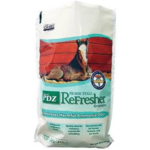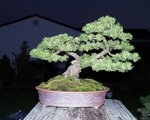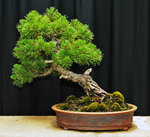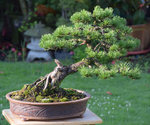WNC Bonsai
Omono
I sift composted pine bark to recover the 3-6mm size fraction then mix it in my bonsai mix which is pumice and heat expanded slate sifted to the same size range. I vary the mix depending on the plants water needs. Pines get about 10% bark in the mix whereas spruce, hemlock, and hinokis get 30%. Deciduous trees also get about 30%. The bark helps hold moisture but also is important to retaining nutrients as Leo explained. The pine bark will decompose over several years but I usually repot on a 2-3 year cycle anyway. So in your case the pine bark should help retain more moisture for your plants in Pakistan but you will have to experiment with the mixture to find what is the best amount for your trees.




